Hydrochromic Pigment
Hydrochromic pigments change colors in the presence of water molecules, so they are promising in many applications, such as humidity indicators, determination of the oxygen content of water, etc.
Home > Powdered Pigments > Color Shift Pigment Powders > Hydrochromic Pigment
Hydrochromic Pigment Products
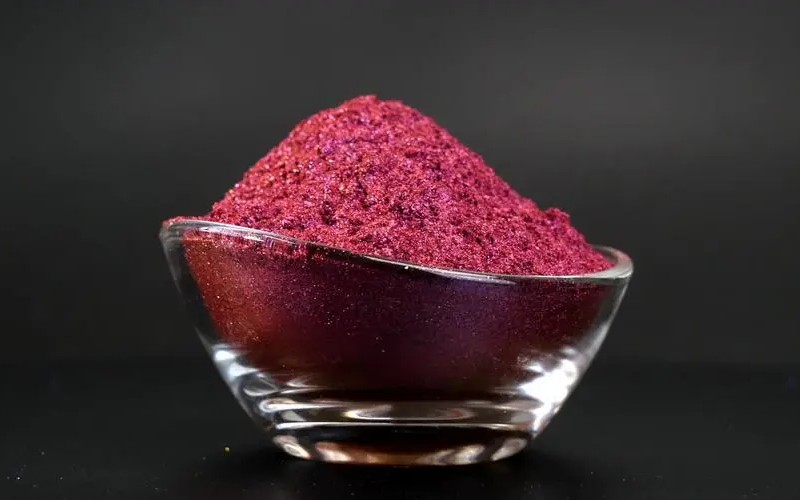
Hydrochromic Chameleon Powder
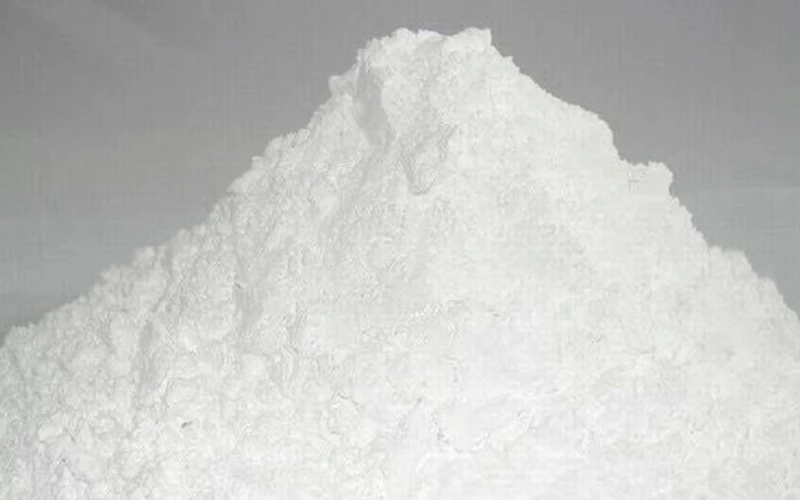
White Hydrochromic Pigment
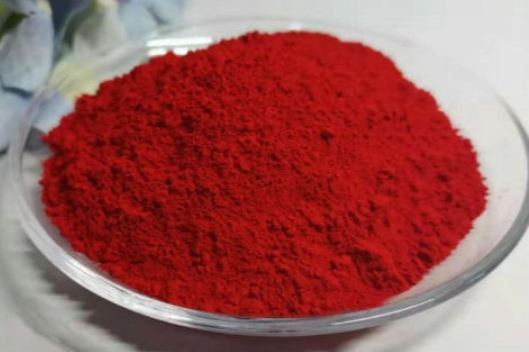
Red Hydrochromic Pigment
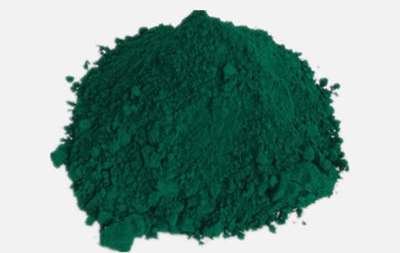
Green Hydrochromic Pigment
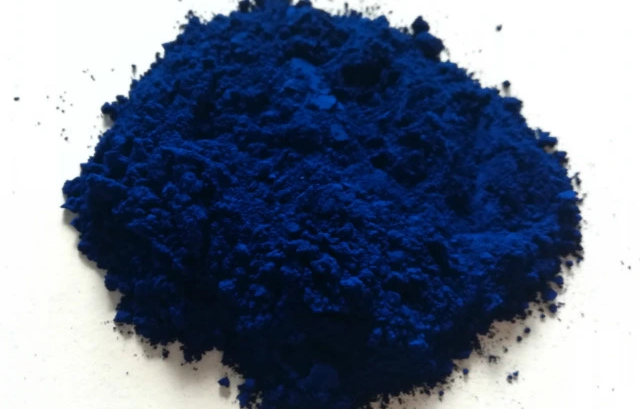
Blue Hydrochromic Pigment
Color Shift Powder Applications
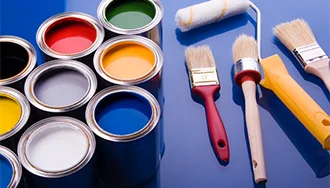
hydrochromic paint
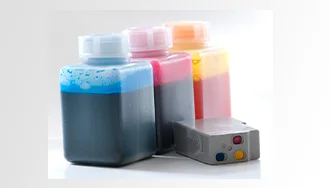
hydrochromic ink
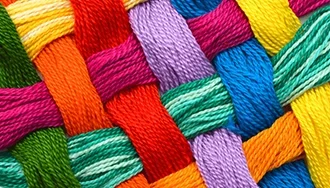
hydrochromic fabric
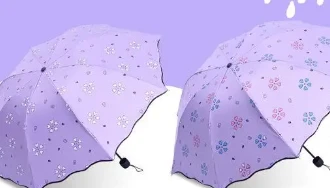
Hydrochromic umbrella

Hydrochromic toys
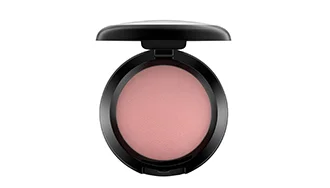
Hydrochromic cosmetics
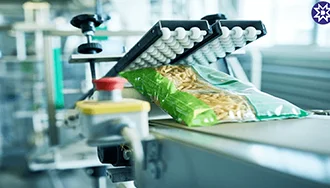
Hydrochromic Packaging
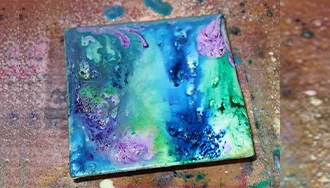
Hydrochromic for art
Hydrochromic Pigments FAQ
How do hydrochromic pigments work?
They work by chemical reaction and physical reaction.
Generally, hydrochromic pigments are humidity-dependent, which change colors in response to the ambient humidity. This is a kind of physical reaction related to hygroscopicity. Hydrochromic pigments are mostly composed of moisture-absorbing agents (e.g. calcium chloride and potassium chloride) and color-changing agents (e.g. phenolphthalein and barium iodide).
Due to poor hygroscopicity of moisture-absorbing agents, hydrochromic pigments have original colors at low humidity. As the ambient humidity rises, moisture-absorbing agents will absorb more water molecules, which will change the molecular structure of color-changing agents, thus changing the moisture absorption spectrum of pigments and leading to different colors.
Indicators in wet dressings are another type of hydrochromic pigments, such as red hydrochromic indicators in Vaseline gauze dressings. They are usually made through chemical reaction. For example, red indicators containing bromophenol blue is made by acid-base neutralization reaction in water. Changes in the molecule structure of bromophenol blue in the neutralization reaction will lead to changes in moisture absorption and colors. Accordingly, indicators change from red to other colors in water.
In addition to the above two, there are some special hydrochromic pigments, such as capsuled color-changing agents, which react with water as capsules are broken and thus change colors. This is often applied to ensure the stability and controllability of hydrochromic pigments.
In short, the properties of hydrochromic pigments are related to the hygroscopicity, chemical reaction or physical reaction of raw materials. Due to the hygroscopicity and chemical reaction, hydrochromic pigments change colors in the presence of water molecules, which are widely applied in many fields.
What are the common applications of hydrochromic pigments?
- Hydrochromic Toys
Hydrochromic pigments are widely applied in toys. Most of toys contain color-changing fillings which change colors immediately if touched with wet hands, thus leading to more fun and surprise for children.
- HydrochromicPrinting
Hydrochromic pigments are crucial in printing. Hydrochromic inks are widely applied in bills, trademarks, seals and the like to prevent forgery and tampering. The security of bills can be enhanced as they are checked for water scrubbing.
- Hydrochromic Textile
Hydrochromic fabrics are widely used in textile, such as a lot of swimwear and raincoats. They change colors immediately when they are exposed to water, reminding users that they are wet. They have both practical and decorative effects.
- Environmental monitoring
Hydrochromic materials are widely used in environmental monitoring. For example, waterproof labels made of hydrochromic paper are used to monitor water leakage of buildings, bridges and other structures. Hydrochromic paper indicates water leakage as they change color immediately in water.
What is hydrochromic ink used for?
Hydrochromic inks change colors due to special properties of modified pterimide compounds (main raw materials). Pterimide compounds are organic molecules with special fluorescent properties and high hydrophilicity. Their molecule structures change in water, thus leading to color changes.
- Advantages, shortcomings and applications of hydrochromic inks
- Hydrochromic inkadvantages
Hydrochromic inks have excellent anti-counterfeiting effects to prevent fake goods in the market and protect the legitimate rights and interests of consumers. Meanwhile, they are helpful to effectively curb illegal activities, such as piracy and counterfeiting. They have high coloring power to facilitate identification.
- Hydrochromic inkShortcomings
Hydrochromic inks are applicable to a limited extent. They are usually used in watermark paper, anti-counterfeiting labels, etc. They must not be directly applied in ordinary paper, plastics, etc. In addition, they cannot be prepared with simple processes and low costs.
- Hydrochromic inkApplications
Hydrochromic inks are widely applied in anti-counterfeiting materials, watermark paper, anti-piracy materials, anti-counterfeiting labels, etc. For instance, they are suitable for bankbooks and drafts in banks; stamps in postal services; insurance documents, bills, security documents, trademarks and seals of insurance companies, etc.
How long does hydrochromic paint last?
Hydrochromic paints are environmentally friendly, composed of water-soluble resins, pigments and fillers but no organic solvents or pungent odors. Unlike other paints, water-based paints have a shorter shelf life (1-2 years). Therefore, their shelf life must be taken into account to avoid the influence in use.
How to determine the shelf life of Hydrochromic paints?
- Color: Hydrochromicpaints are expired in case of fading or coagulation.
- Smell: Expired Hydrochromicpaints smell sour while fresh water-based paints are tasteless or have a very light taste.
- Drying time: Expired Hydrochromicpaints become dry in a longtime while fresh water-based paints become dry within the prescribed time.
How to keep Hydrochromic paints?
- Cool and dryplaces: Keep water-based paints in cool, dry and well-ventilated places.
- No exposure to sunlight: Never expose water-based paints to direct sunlight.
- Sealed bottles: KeepHydrochromicpaints in sealed bottles to prevent the impact of air on them.
- No vibration or squeezing: Keep Hydrochromicpaintsfree of violent vibration or squeezing.
How are hydrochromic pigments applied in textiles?
Hydrochromic fabrics, a type of textile, change colors in water due to moisture-absorbing dyes, which are often used in swimsuits, raincoats, etc. They are made with hydrochromic pigments.
What are the marketing of water active pigments?
Water active pigments have unique properties, extensive applications and promising prospects. With the progress of science and technology, new hydrochromic pigments are emerging. Some scientists have found that the pigment composition can be adjusted to control color changes and the color change rate. New pigments have enormous potential in environmental monitoring and anti-counterfeiting.
In short, hydrochromic pigments are interesting and practical due to color changes in water. They are widely applied in toys, printing, textile, environmental monitoring, etc. Emerging hydrochromic pigments in the development of science and technology have broad prospects in the future. It is believed that hydrochromic pigments will be crucial in more products in the near future.
We are Ready to Support Your Hydrochromic Pigment Projects



